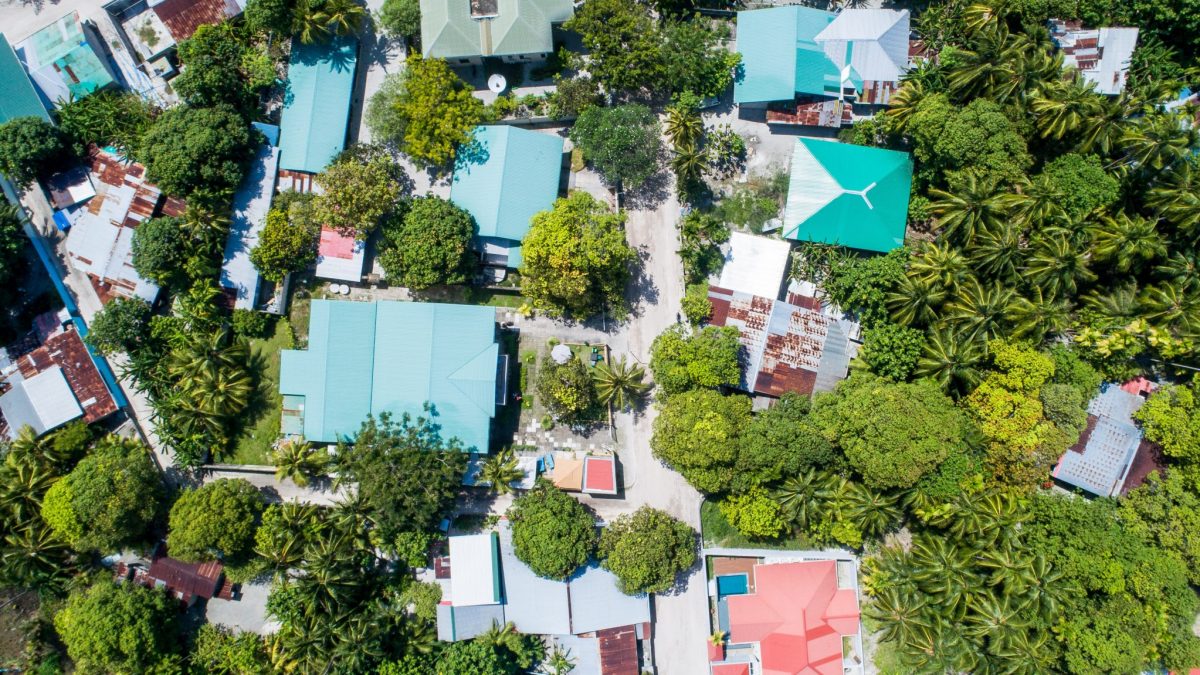Flood Zones in Miami are Changing. What Areas Are Most Affected?

 We’re not giving away any spoiler alerts here when we tell you that living in Miami comes with risk – risk for flooding, risk for storms, and risk for whatever else Mother Nature wants to throw our way.
We’re not giving away any spoiler alerts here when we tell you that living in Miami comes with risk – risk for flooding, risk for storms, and risk for whatever else Mother Nature wants to throw our way.
Already roughly 30 percent of properties in Miami-Dade County fall into a flood risk category, and that percentage is expected to increase nearly 10 percent within the next 30 years, according to data from First Street Foundation, a non-profit organization that assesses flood risk across America.
While FEMA has historically been the go-to for assessing flood zone risk, the organization has been criticized for its inability to keep maps accurate amid increasingly changing levels of risk as sea levels rise and climate changes continues to makes its impact known.
Instead, property owners are taking matters into their own hands and turning to additional sources when evaluating a property’s risk for flooding. Sources like First Street Foundation, which provides free resources for homebuyers as they assess risk, as well as local resources provided by Miami-Dade County help homeowners asses the personal risk they also are willing to take when moving into a flood zone.
In Florida, purchasing flood insurance is mandatory for homes that are at risk for flooding, but it’s not just the added expense of flood insurance on your property that weighs on the minds of property owners. If your home is damaged by flood waters, it can also be emotionally devastating – and once again, costly.
The effects of climate change are real and present here in South Florida, and as homeowners adapt, evaluating their risk for flooding will play an important role in where they want to live, which in turn affects the real estate market.
At Drew Kern Real Estate, we’re always attuned to the factors that influence our communities and the place we call home. If you have questions or concerns about what to expect with the South Florida real estate market, get in touch.



